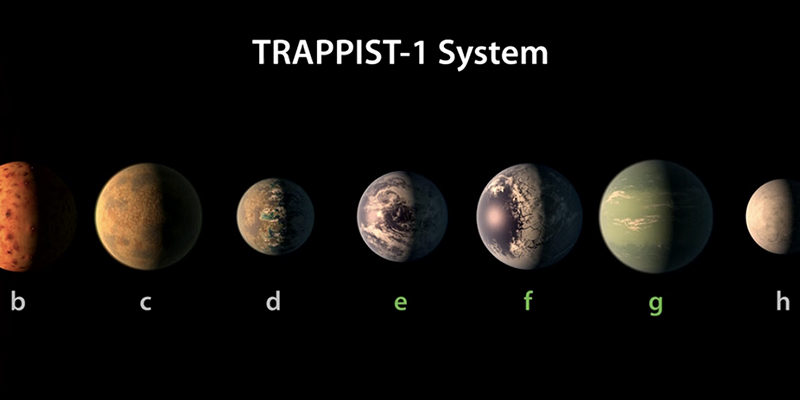
The first extraterrestrials discovered by humans could live on a planet named after Belgian beer.
On February 22, five Belgian scientists at the University of Liège found a planetary system of Earth-sized planets circling a dwarf star 40 light-years away. Three of those planets are the in Goldilocks zone, where the temperature and atmospheric conditions are just right for liquid water. The new system was dubbed “TRAPPIST-1,” after the “Transiting Planets and Planetesimals Small Telescope” project (TRAPPIST for short).
For beer lovers, that acronym probably sounds familiar: Trappist beers are well-known beers brewed in monasteries by Trappist monks. And no, it didn’t just happen to work out that way.
“People remember it very well because (the name) is very peculiar and that it is linked to a Belgian project,” astronomer Emmanuel Jehin told CNN.
It’s not just the entire system that was inspired by Belgian beers either, The first six planets are named Achel, Chimay, Orval, Rochefort, Westmalle, and WestVleteren — the same names as the six Belgian Trappist breweries.
Anyone who visited the astronomers’ office at the University of Liège would see where the naming inspiration come from. Four computers monitor the telescopes located in Chile and Morocco. Posters of exoplanets hang on the wall. And in between everything space-related are Trappist beer bottles, CNN reports.
Finding the planets was no small feat. The observation telescopes in Chile and Morocco have prime conditions for star gazing, but they’re also crowded with eager astronomers. So the team built their own telescopes and named them TRAPPIST telescopes. For five years the team controlled the telescopes remotely, finding nothing. Until they saw a blip in brightness that led to another blip, and then another.
“I was dreaming of one planet, so when we saw two, it was becoming crazy, three totally crazy and then in 2016 four, five, wow,” astronomer Michaël Gillon told CNN. “It’s like a cosmic joke.”
More research needs to be done before researchers know if the planets are actually habitable or not. But until then, everyone will have to be content with downing Trappist beers and dreaming of the first extraterrestrials on a Trappist-named planet.
